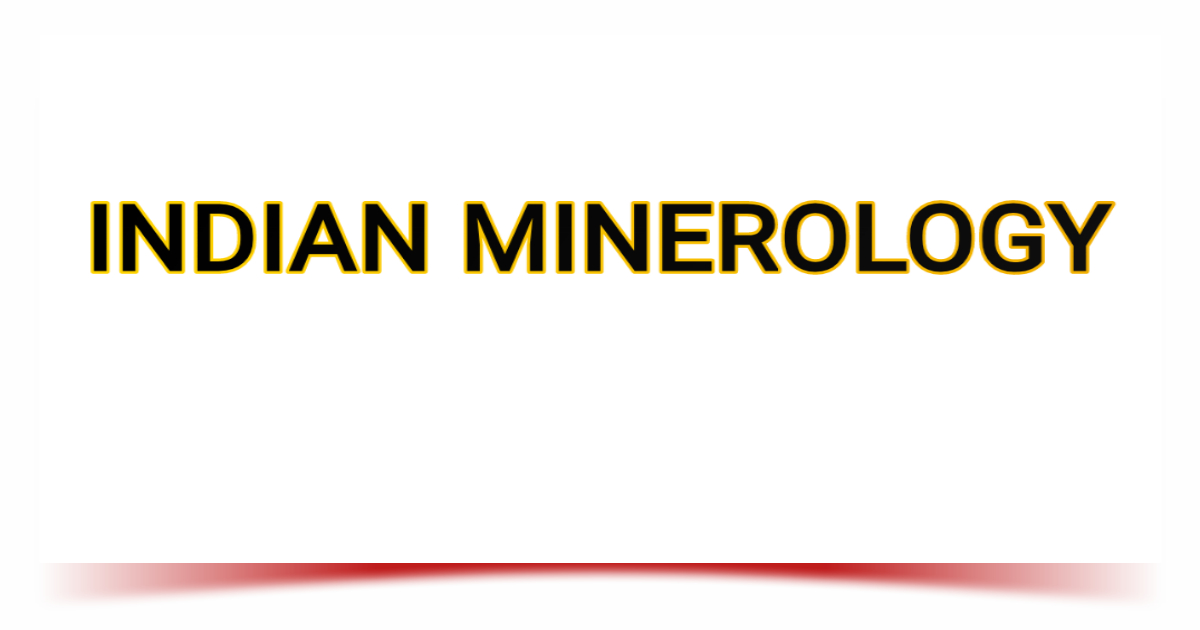COAL HAULAGE INSTALLATIONS
coal haulage INSTALLATIONS
Basic points of a good installation are:
- Drivehead and LTU should have good clearance all round for access and cleaning.
- An easy to clean floor at the drivehead/LTU area facilities good maintenance; a concrete floor graded to a sump is considered highly desirable if not essential.
- Good clearance above, below and on both sides of the conveyor is desirable, which may at times require additional excavation of roof, floor or rib material.
- Good horizontal alignment is essential; poor alignment can lead to spillage problems, including coal carried back on the bottom belt, to the belt rubbing on structure with damage to both and risk of heating, or to belting folding over in the drivehead or tail roller.
- Good vertical grading is also essential to ensure any changes of grade are gradual; changes which are too rapid lead to excessive loading on idlers causing early failure, or to the belt not running on the idler sets and possibly running off line.
- Belt joins to be square (or belt will run off line) and subject to regular inspection and maintenance; vulcanized joins give a smoother finish, are less liable to damage and cause less damage to idlers and scrapers. However, they are more expensive and more time consuming to install.
- If uneven stretch occurs, joins may need to be replaced to allow the belt to track correctly.
- Belt wander and tear or rip detection is worthwhile to minimize possible damage
- Use of water control equipment is desirable – belts need to be moist enough to minimize dust problems but excessive water is to be avoided. Load detectors can be used to turn sprays off when there is no coal on the belt; dewatering arrangements can be installed if a wet coal product is being handled.
- Crushers should be used to reduce lump size, particularly if stone material is to be conveyed as large lumps can cause significant damage and wear to belting and/or blockages at chutes and transfers.
- Ideally transfer points at changes of direction should have chutes to deliver the coal centrally and in the direction of travel of the downstream belt. This can be expensive, particularly if extra height is required out of the seam to fit such an arrangement.
- Impact idlers in a well designed trough should be used on the downstream conveyor at transfer points.
- Loading tramp metal should be avoided; belt magnets can be used but are expensive, difficult to install satisfactorily and need frequent maintenance; good housekeeping and care may be cheaper and simpler options although belt magnets may be warranted in high risk situations.
- Special measures should be introduced if personnel are to work in conveyor roadways as hand tools, drill steels, roof bolts, etc can be inadvertently dropped onto or left on conveyors with adverse consequences.
- Damage to belt covers should be repaired as soon as practical to avoid minor damage progressing to major and to keep water out of the core.
- Special belts may require special arrangements (e.g. non-destructive testing of steel cord belts).
All the above items come at a cost and the extent to which they are applied in a given case will depend on the importance of the belt, the time it will be in use and the effects of any downtime on the mine operations.
There is a considerable amount of waste involved in operating belts as it is not uncommon for belts to run empty for lengthy periods, not only wasting power but also continuing wear for no purpose, particularly as belts become faster. There are two reasons for this:
- Face personnel are not in a position to stop and start outbye belts which may be required for other panels (remote starting from a central location e.g. a control room could overcome this problem)
- Inspection systems usually require a belt inspection for a period after a conveyor is shut down (typically 2 hours). Conveyors may therefore be left running to obviate the need for inspection if the conveyor is to be subsequently used. It is arguable that modern conveyor and environmental monitoring systems could be more effective for this purpose.





Post a Comment